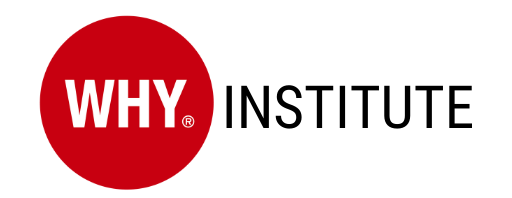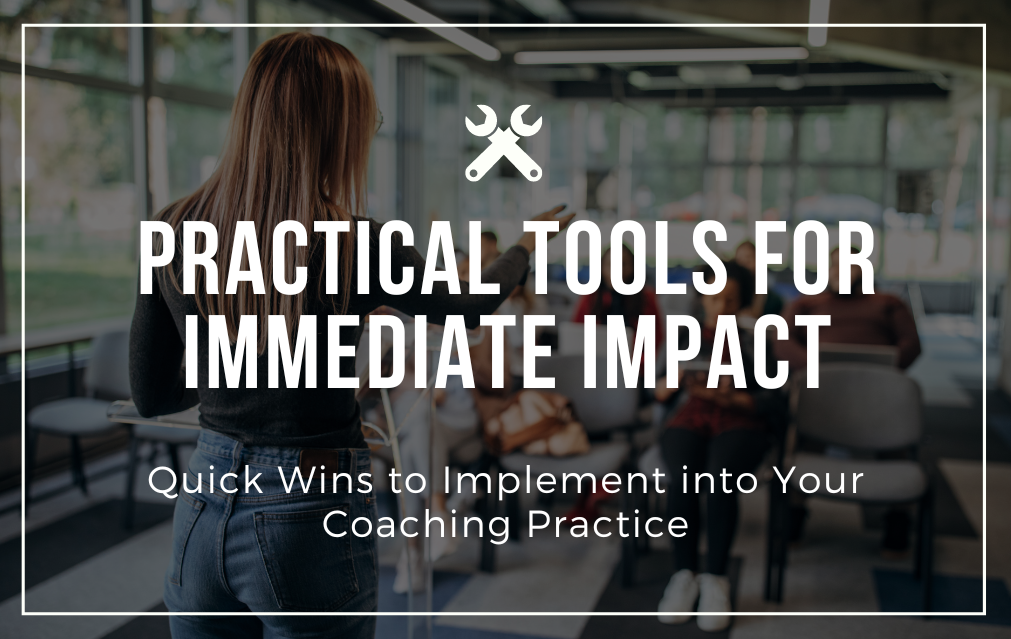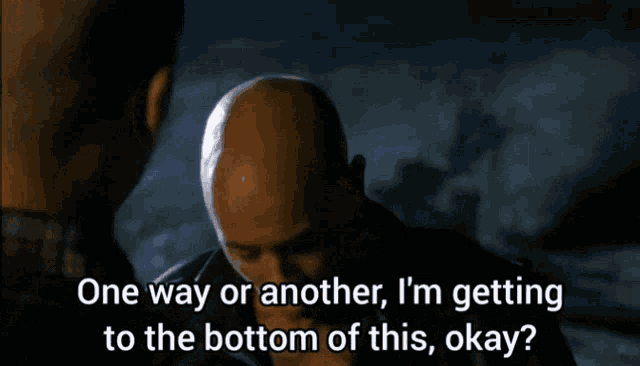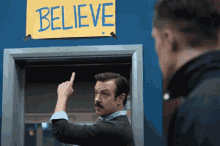Imagine Gary, a dentist with a flair for the latest gadgets and a resume sparkling with the best training available. Yet, his waiting room remained empty more often than not. The problem? It wasn’t his competence—it was his connection with potential patients. This realization resonates deeply in our roles as coaches. It’s a hard pill to swallow, but even with a toolkit stuffed with the best strategies, if we’re not truly connecting, we’re just treading water. Like Gary, we might be perfectly equipped, yet somehow, we miss the mark in making those essential client connections that drive real change.
Top Signs Your Your Coaching Might Need a Fresh Coat of Paint
1. You’re Digging Deep, But Only Finding Fragments
You’re thorough, you’re committed, and you know the right questions to ask. Yet, you can’t seem to unearth the deep, underlying motivations of your clients. It feels like you’re mining for gold in a river that’s long been panned out. If you’re not getting to the core of why they’re coming to you, it may be time to reevaluate your approach. Perhaps your techniques are technically sound but lack the personal touch or the psychological depth to truly resonate with your clients.
2. Your Client Roster is Thinning
When new clients are few and far between, or when repeat appointments start to decline, it’s an indicator that your coaching approach might not be as engaging or effective as it needs to be. It’s as if the market is gently hinting that your brand of coaching, while once vibrant and sought-after, may now lack the relevance or allure it once had. This is your cue to revitalize your practice, infusing new life and methods into your sessions.
3. Coaching Feels Like a Routine Task
Think back to when each coaching session was exhilarating, filled with discoveries and growth. If those days have given way to monotony, feeling more like routine than inspiration, your passion—and methods—might need reigniting. Coaching should be dynamic and invigorating not just for the client but for you as well. When it starts to feel like clockwork, it’s time to inject some new ideas and passion back into your practice.
4. The Applause Has Quieted
Feedback from your clients can be a goldmine of information. If the enthusiastic reviews have dwindled to polite thanks, it’s a signal that your coaching impact may not be hitting as hard as before. This diminishing feedback is often the first sign that your influence is waning, prompting a need for introspection and perhaps a shift in how you engage, motivate, and inspire your clients.
Why the Old Approaches Don’t Resonate Anymore
What worked well in the past doesn’t always stand the test of time. Just as technology evolves, so do the needs and expectations of our clients. Our coaching strategies must evolve too, to stay relevant and effective. Sticking to old maps while the terrain has shifted will only lead us astray; hence, continuous learning and adaptation are crucial.
Is Now The Perfect Time For A New Beginning?
The right time to adopt new strategies is when you recognize that your current methods aren’t producing the results they used to. This isn’t just about keeping up—it’s about staying ahead and continually finding better ways to connect and support your clients. It’s about being proactive, not reactive, and ensuring your coaching methods grow and evolve with the times.
Meet The Newest Advancement In Personal Discovery Tech
WHY.os is like discovering GPS after years of navigating with a paper map. It cuts through the noise and hones in on what really drives people: their WHY, HOW, and WHAT. This innovative tool doesn’t just add to your coaching arsenal—it transforms it, allowing you to reach deeper into the client’s psyche than ever before, and in doing so, revitalize both your practice and their lives.
Giving your coaching methods a makeover with something like WHY.os can bring back the spark and effectiveness to your sessions. It’s about more than keeping pace; it’s about setting the pace and ensuring that what you bring to the coaching table is as fresh and effective as the day you started. So, if you’re ready to stop treading water and start making waves again, it’s time to try on some new tools and see just how deep the changes can go.
Click here to learn about how you can become WHY.os Certified!











